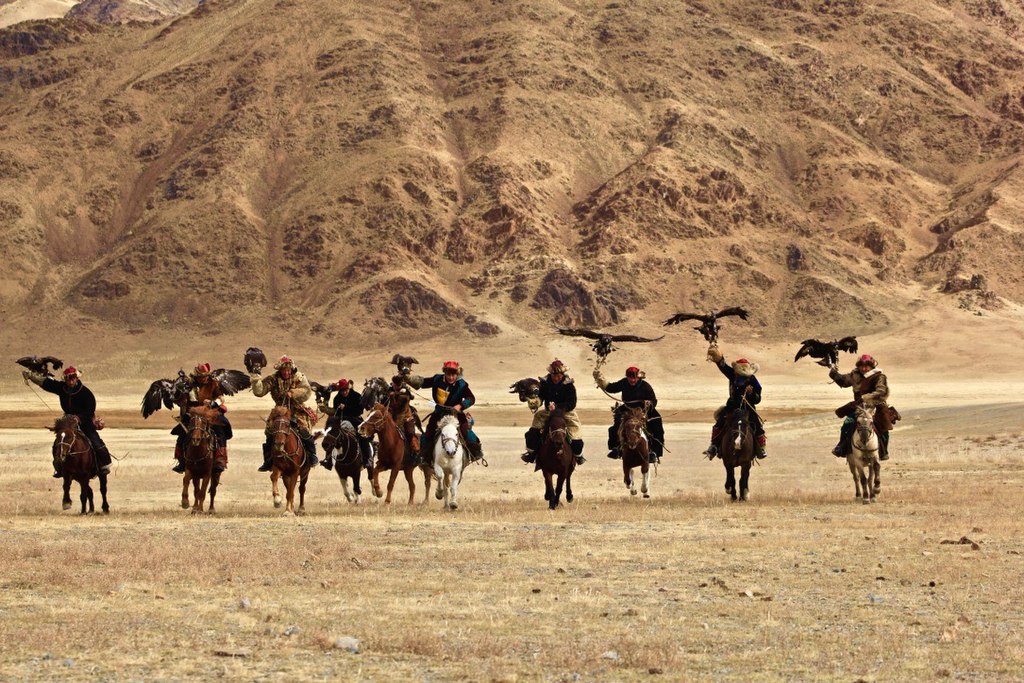

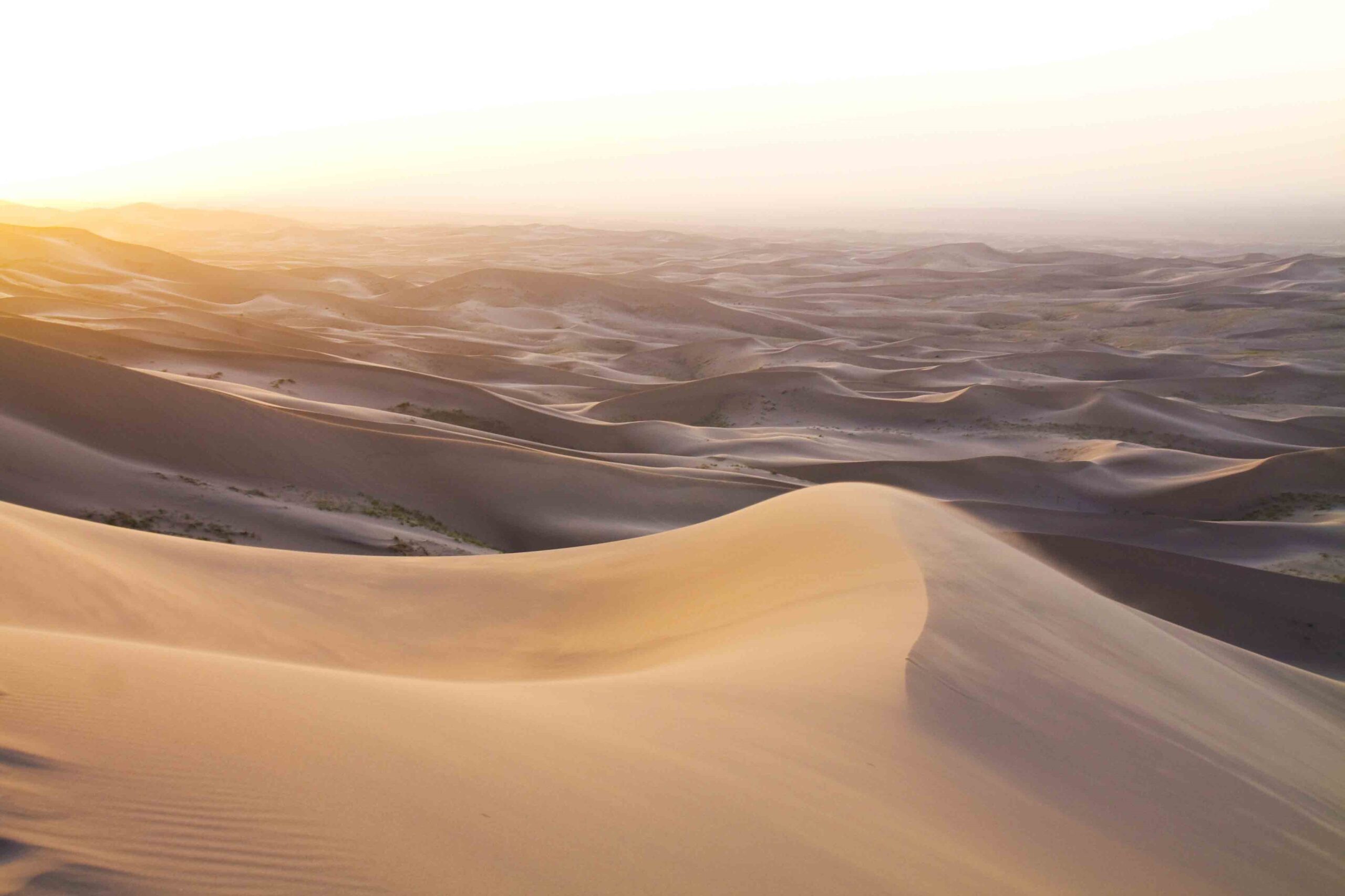
The Gobi Desert located in central to eastern Asia is the sixth-largest desert in the world and the largest in Asia spanning an astounding 1,600 km (1,000 mi) from west to east and 800 km (500 mi) from north to south and covers around 1,300,000 km² (500,000 mi²) of land. It comes as no surprise that a desert of this sheer size spans across two countries, these being Mongolia and China. The Gobi Desert is the world’s fastest-growing desert, expanding around 3,600 km² (1,390 mi²) every year. It is mainly pushing south further into Chinese grassland turning it into an arid dry desert. To combat this the Chinese government has invested heavily into land restoration starting the Three-North Shelterbelt program also known as the Great Green wall of China with the sole purpose of fighting the Gobi Deserts expansion by planting trees and discouraging deforestation. This project started in 1978 and is planned to be completed around 2050.
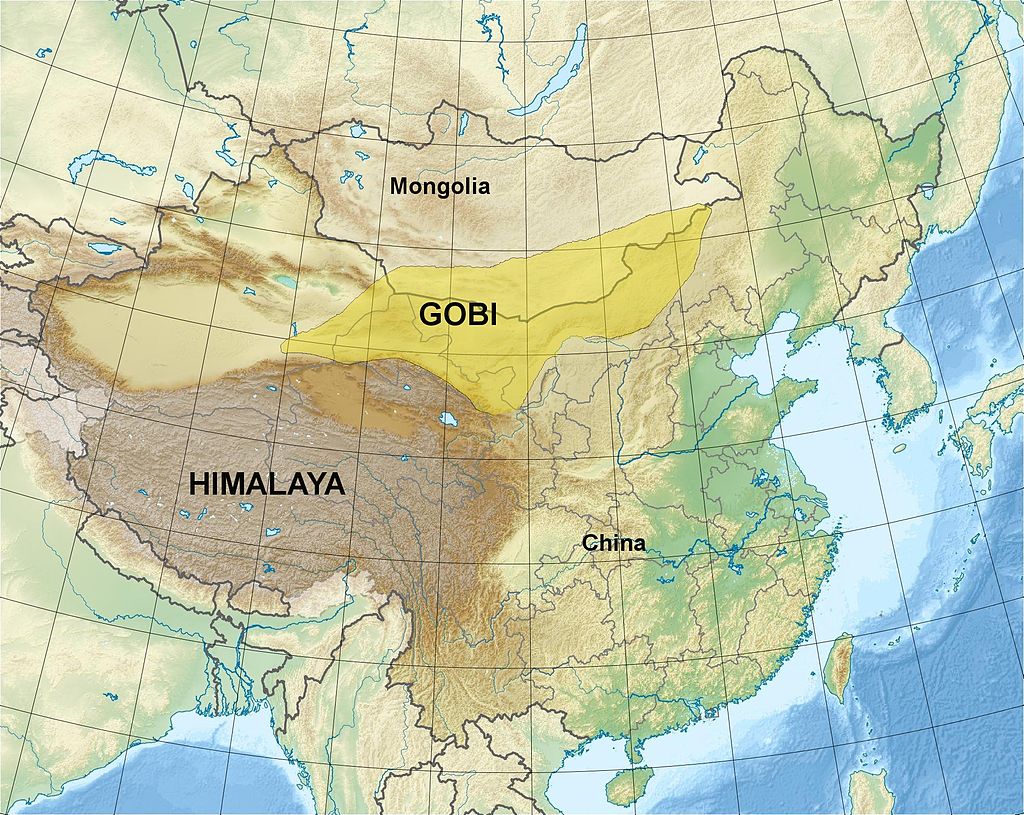
Overall, the Gobi Desert is a cold one where the temperature can get as low as −47 °C (−53 °F). contributing factors to this are that the desert is located quite far north and has an average elevation of between 910–1,520 m (2,990–4,990 ft) above sea level. However, while it gets extremely cold in the winter months, the temperature can also get extremely hot. The Gobi Desert is a desert of extremes where it can be both hot and cold, sometimes even on the same day. The temperature may change as much as 35 °C (63 °F) in 24 hours. The Gobi Desert is a very dry desert, receiving annual precipitation of around 2 inches (50mm) in the east to slightly more than 8 inches (200mm) in the northwest.
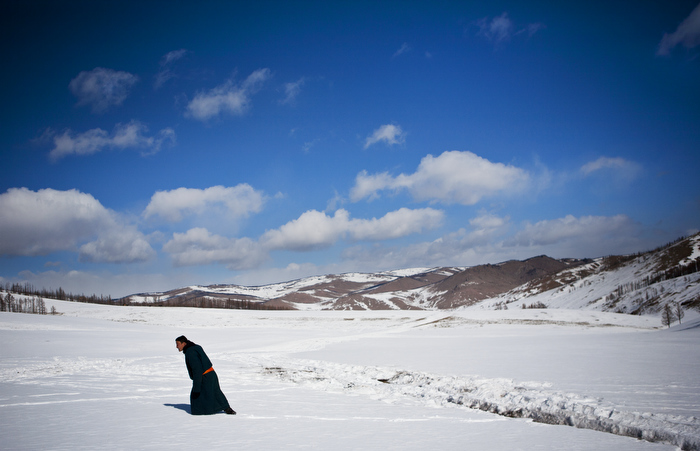
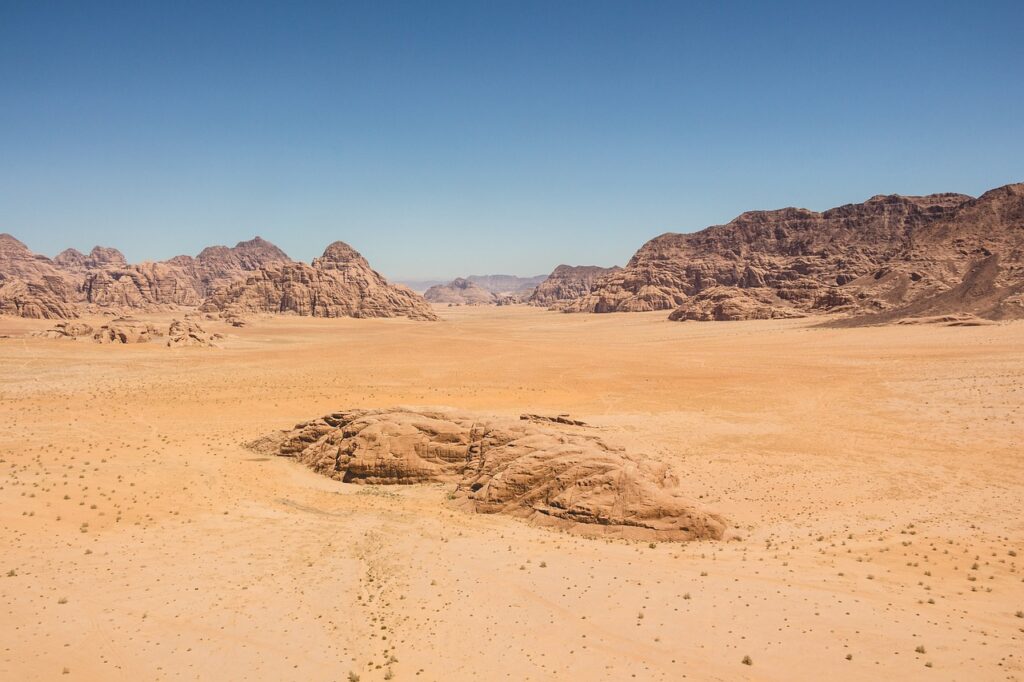
As mentioned in the previous section the weather in Mongolia is quite iritic and extreme in certain months but in others, it can be quite pleasant. With this in mind, we would recommend you travel to the Gobi Desert sometime between July and September. During this time the weather is quite stable and should stay at a comfortable temperature. The absolute optimal time to visit and travel in the Gobi Desert is at the end of July and the beginning of august when the weather stays between around 12 °C and 27 °C (53 °F and 80 °F). If you want to go when the weather is at its absolute coldest the time to go would be in January, during this time of the year the weather shouldn’t get any warmer than -15 °C (5 °F), and at its coldest could get to -47 °C (52 °F).
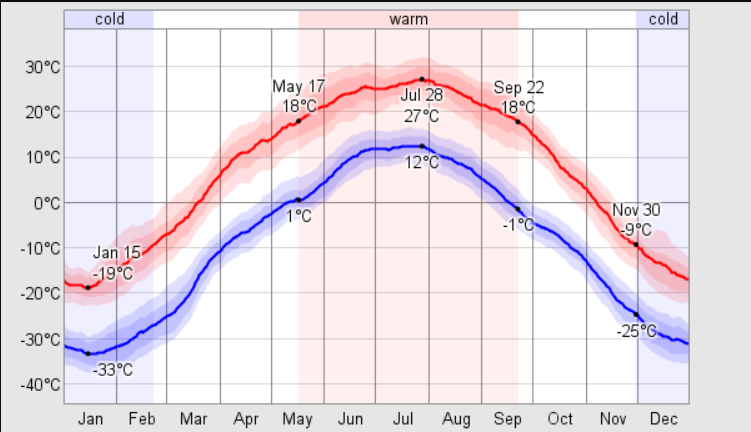
The Gobi Desert is a geologically ancient desert, with some areas dating back over 3 billion years. The current desert landscape is thought to have formed around 5 million years ago, as a result of tectonic uplift and climate change which caused sand to blow over the now desert, and as a result, it caused the desert to form as it is today. The Gobi Desert has had many different animal and plant species call it their home over the years, this has caused the desert to become a treasure trove of information and ancient dinosaur fossils. This leads onto our next point which is what makes the Gobi Desert famous.
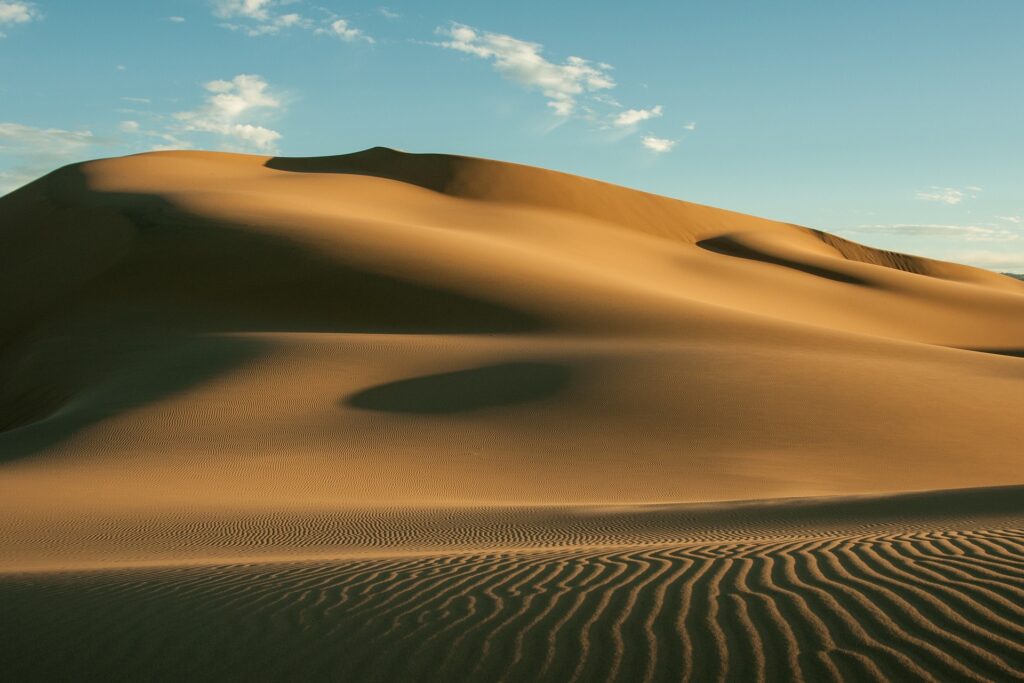
The Gobi Desert is most famous for having some of the most well-preserved dinosaur fossils in the world as well as having the largest reservoir of fossils in the world. Around eighty million years ago, during the Cretaceous Period, the Gobi Desert was a humid lush forest with many freshwater lakes making it the perfect home for dinosaurs. By far the most famous dinosaur found within the Gobi Desert would be the Velociraptor, discovered in 1922 by Roy Chapman Andrews the director of the American Museum of Natural History. Since that expedition in 100 years more than 80 genera of dinosaurs have been discovered in the Gobi Desert making up 1/5 of all the dinosaur genera known to science. Palaeontologists believe that it was the site of a mass extinction where hundreds of tons of displaced sand swept over the then forest making the now Gobi Desert and while doing so the sand made perfectly preserved fossils of the dinosaurs that it engulfed.

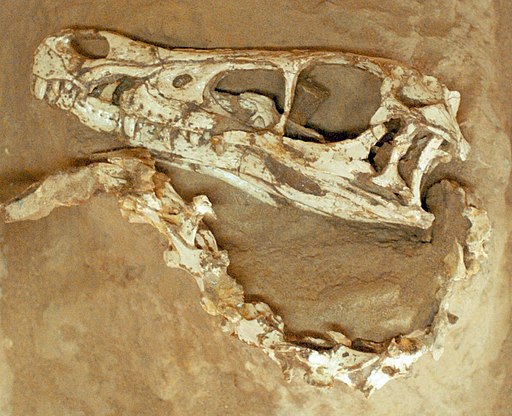
Yes, people do live in the Gobi Desert although there are not many with only around 0.3 people per square km. The nomads that live in the Gobi Desert could be described as the best nomads in Mongolia if not the world as they often must migrate to find pastures for their animals and to avoid particularly harsh weather. As previously mentioned in the south of the Gobi Desert in China there are an increasing number of farmers now calling the Gobi Desert their home with the help of the great green wall of China holding back desertification.
